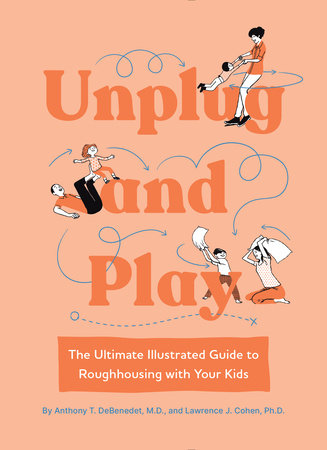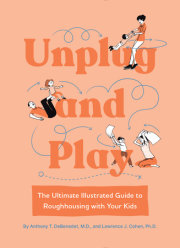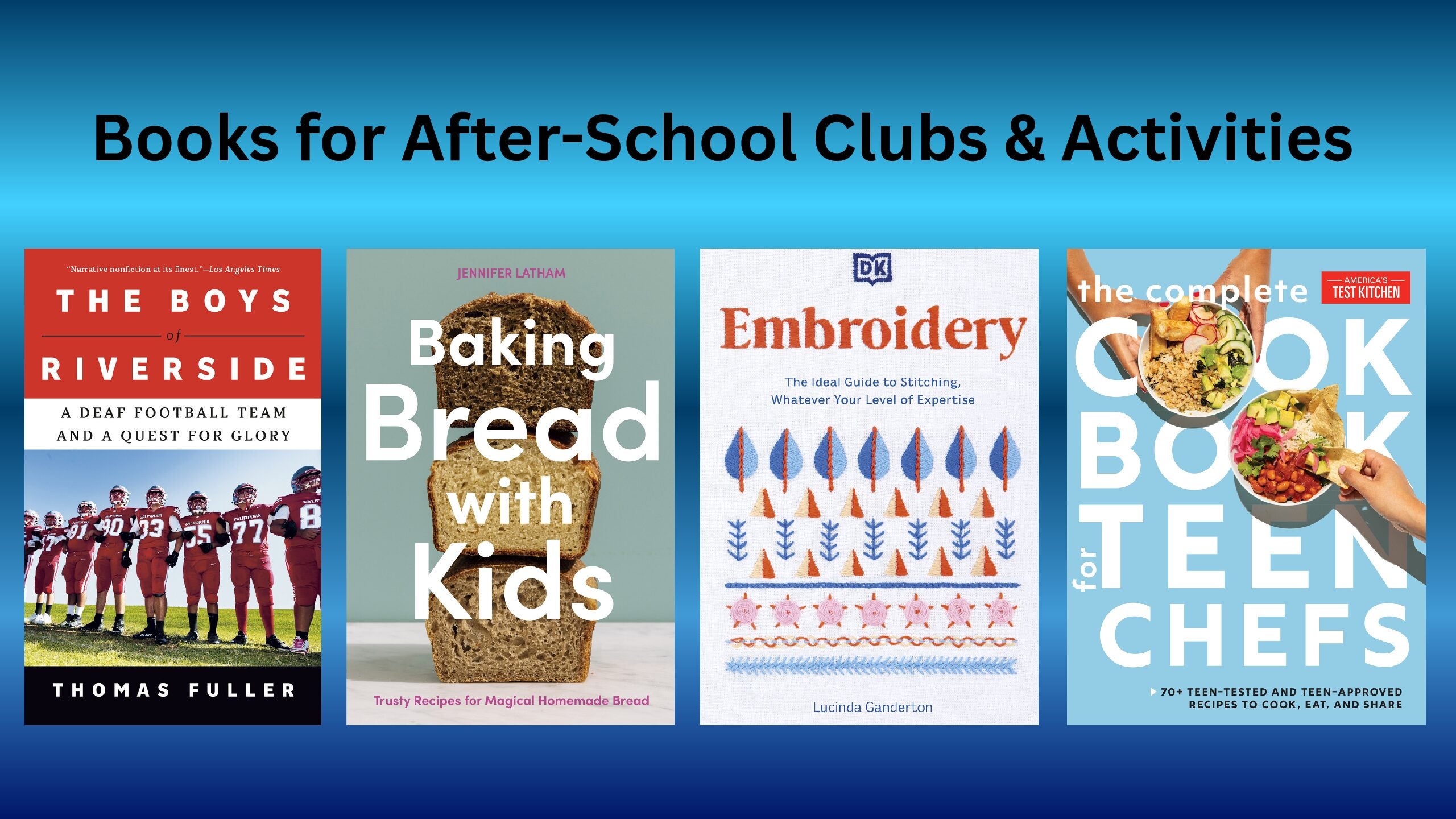CHAPTER 1 Our Bold Claim for Roughhousing "It is difficult to capture ... real-life play in
words. But the overall impression given by
practically all mammals is a flurry of dynamic,
carefree rambunctiousness."
—Jaak Panksepp, Ph.D., in
Affective Neuroscience You know roughhousing when you see it: wrestling, pillow fights, jumping off beds, sliding down stairs. In this book, we give you a lot of roughhousing activities, but first we'd like to
explore the philosophy behind all the horseplay. What is roughhousing all about, and what does it mean for you and your children?
Roughhousing is
play that flows with spontaneity, improvisation, and joy. It is free
from worries about how we look or how much time is passing. It is
physical, and it promotes physical fitness, release of tension, and wellbeing. Roughhousing is
interactive so it builds close connections between children and parents, especially as we get down on the floor and join them in their world of exuberance and imagination. Most important, roughhousing is rowdy, but not dangerous. With safety in mind, roughhousing releases the creative life force within each person, pushing us out of our inhibitions and inflexibilities.
Rowdy, physical, interactive play is by far the most common type of play in the animal
kingdom. It occurs in every species of mammal and in many nonmammalian species as well. We've all seen videos of lion cubs wrestling, but you'd be amazed by the vast number of species that enjoy rowdy play—elephants, whales, even ants.
The first person to explore the science of roughhousing was Harry Harlow, who observed
young rhesus monkeys in his animal psychology lab at the University of Wisconsin during the 1950s and '60s. Harlow noticed that the monkeys often practiced what he described as "rough-and tumble play." He was working during a time when many scientists did not consider play to be a viable subject for serious research, but Harlow went ahead and documented this play-fighting in great detail. He observed that the monkeys often
displayed a so-called play face—an open-mouth, teeth-bared expression—which looks fierce to humans but to other monkeys actually says, "Let's play."
Since Harlow, observers of human behavior have discovered that we are remarkably similar to rhesus monkeys when engaging in rough-and tumble play. Human children have their own play face, accompanied by smiles and laughter, to signal that roughhousing is play and not aggression. And, just like monkeys, roughhousing children will run, chase, jump, flee, wrestle, fall over, and play-fight. Playful hitting uses an open hand (as opposed to a fist) and much less force. The roles of the aggressor and the victim are fluid. In rough-and-tumble play, children—like young monkeys—will take turns being the chaser and the one being chased, the pinner and the one being pinned.
Copyright © 2011 by Anthony T. DeBenedet, M.D., and Lawrence J. Cohen, Ph.D.. All rights reserved. No part of this excerpt may be reproduced or reprinted without permission in writing from the publisher.




